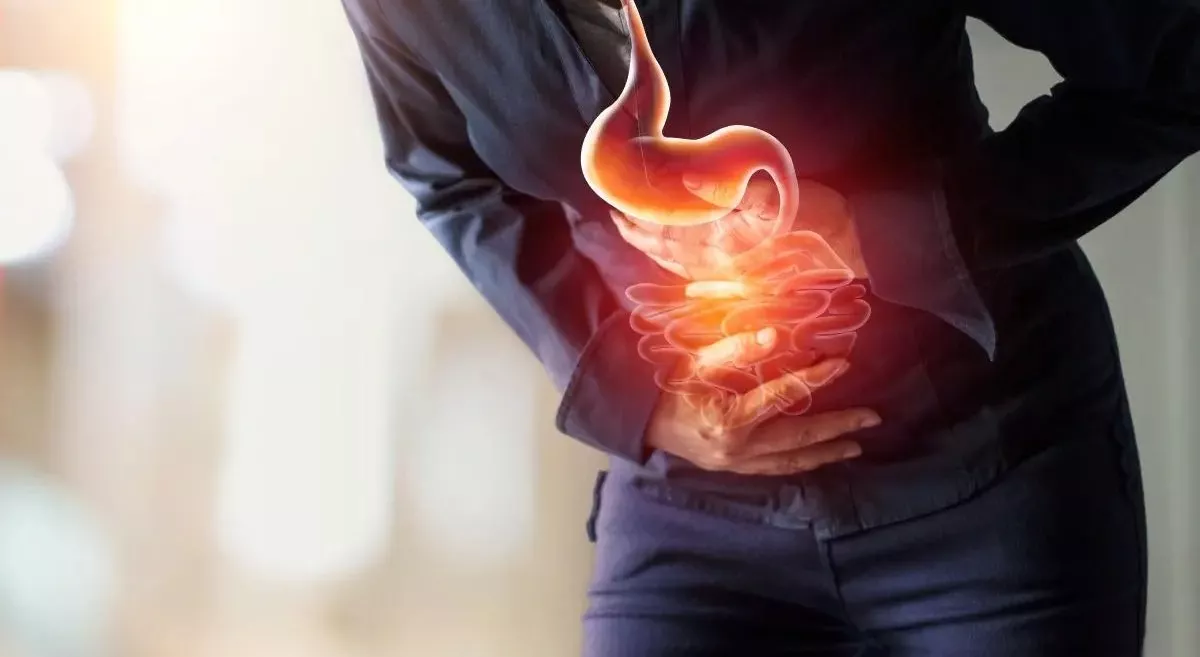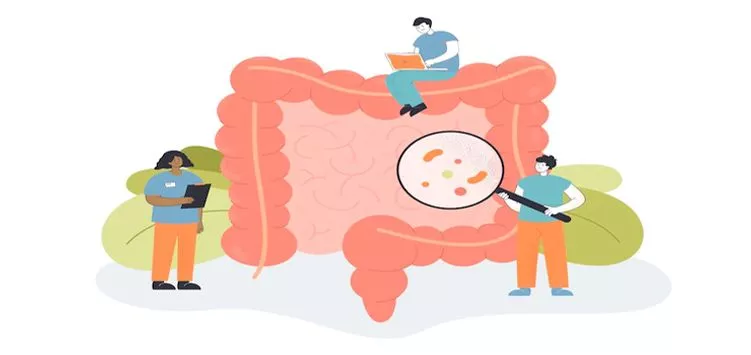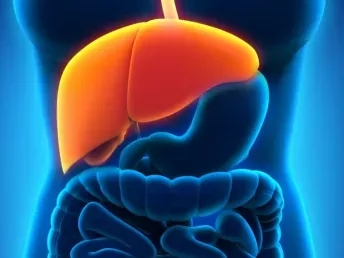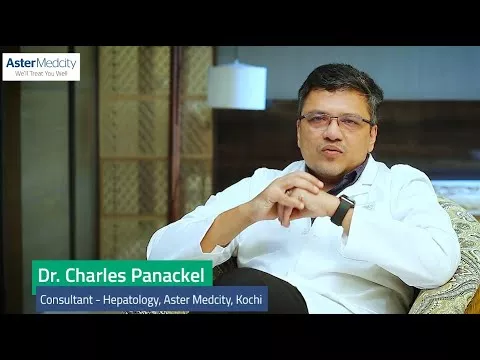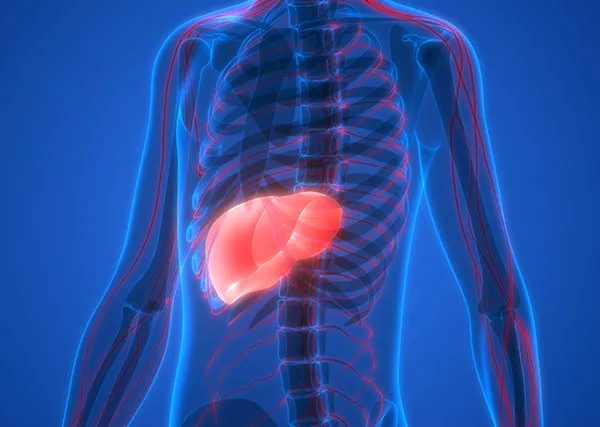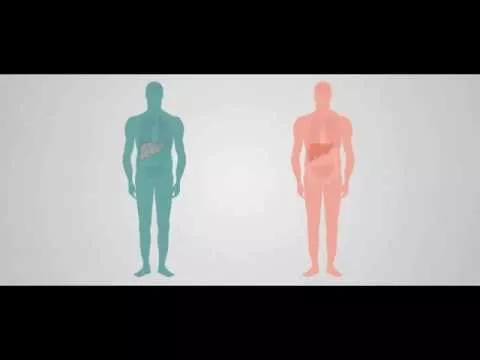What is Submucosal Tunnelling and Endoscopic Resection?
Submucosal tunnelling and endoscopic resection (STER) is a combination of two endoscopic techniques commonly used in the diagnosis and treatment of gastrointestinal (GI) tumors.
Submucosal tunnelling involves creating a tunnel within the submucosal layer of the GI tract using an endoscope. This tunnel is then used to gain access to and remove tumors or other lesions within the submucosal layer. This technique is often used for the removal of gastrointestinal stromal tumors (GISTs) and other submucosal lesions.
Endoscopic resection, on the other hand, involves the removal of superficial tumors or lesions in the mucosal layer of the GI tract. This can be done through several different techniques, including endoscopic mucosal resection (EMR) and endoscopic submucosal dissection (ESD).
EMR involves the injection of a solution underneath the lesion to create a cushion, and then using a snare to remove the lesion. ESD is a more advanced technique that allows for the removal of larger and more complex lesions. It involves making an incision in the mucosal layer, creating a submucosal pocket, and then removing the lesion in one piece.
Both submucosal tunnelling and endoscopic resection are minimally invasive techniques that can be performed on an outpatient basis, with a shorter recovery time and lower risk of complications compared to traditional surgical techniques.
Why and when Submucosal Tunnelling and Endoscopic Resection (STER) is recommended?
Submucosal tunnelling and endoscopic resection are recommended when there is a suspicion or confirmed diagnosis of a gastrointestinal (GI) tumor or lesion.
Submucosal tunnelling is typically recommended for the removal of submucosal lesions, which are tumors or growths that are located beneath the mucosal layer of the GI tract. These lesions may be benign or malignant, and can cause symptoms such as abdominal pain, bleeding, or obstruction. Submucosal tunnelling allows for the safe and complete removal of these lesions, while preserving the overlying mucosa and minimizing the risk of complications.
Endoscopic resection, including EMR and ESD, is recommended for the removal of superficial tumors or lesions in the mucosal layer of the GI tract. This may include precancerous lesions or early-stage cancers, which can often be removed completely through endoscopic resection. This allows for accurate staging and diagnosis and may eliminate the need for more invasive surgical procedures.
In general, submucosal tunnelling and endoscopic resection are recommended when the lesion is small and located in a favorable position for endoscopic removal, and when there is no evidence of invasion into deeper layers of the GI tract or metastasis to other organs.
How is Submucosal Tunnelling and Endoscopic Resection different from other conventional treatment?
Submucosal tunnelling and endoscopic resection are different from other conventional treatments for gastrointestinal (GI) tumors and lesions in several ways.
Minimaly Invasive: STER is a minimally invasive technique that can be performed on an outpatient basis. This means that patients typically experience a shorter recovery time, lower risk of complications, and can often return to normal activities more quickly than with traditional surgical procedures.
Targeted and more precise: Submucosal tunnelling and endoscopic resection are more targeted and precise than other treatments. With these techniques, the lesion or tumor is removed directly from the affected area of the GI tract, without the need for a large surgical incision. This can lead to better outcomes and fewer side effects, as healthy tissue is left intact.
Thirdly, submucosal tunnelling and endoscopic resection are often used for the removal of smaller lesions or tumors that are located in less invasive positions within the GI tract. This can be especially advantageous for patients who are not suitable candidates for more invasive surgical procedures, or who have multiple comorbidities.
Finally, submucosal tunnelling and endoscopic resection can be used for both diagnosis and treatment. By removing the lesion or tumor, it can be examined in a laboratory to determine the precise nature of the growth and its potential for malignancy. If the lesion is found to be cancerous, endoscopic resection can be used to remove the cancerous tissue in its early stages, which can improve long-term outcomes for the patient.
Overall, submucosal tunnelling and endoscopic resection offer a less invasive, more targeted approach to the diagnosis and treatment of GI tumors and lesions, with lower risk and faster recovery times than conventional surgical procedures.
How is life after Submucosal Tunnelling and Endoscopic Resection?
The recovery and long-term outlook after submucosal tunnelling and endoscopic resection can vary depending on the individual patient's situation and the characteristics of the lesion or tumor that was removed. However, in general, most patients can expect a relatively short recovery time and a good long-term prognosis.
In the immediate aftermath of the procedure, patients may experience some discomfort, bloating, or mild pain, but these symptoms are typically short-lived and can be managed with supportive pain medications. Patients may also be advised to follow a special diet for a few days or weeks after the procedure, to allow the GI tract to heal.
In most cases, patients are able to resume normal activities within a few days after the procedure, and can usually return to work within a week. However, strenuous activities and heavy lifting should be avoided for several weeks to allow for proper healing.
After the initial recovery period, patients will typically have follow-up appointments with their doctor to monitor their progress and ensure that the lesion or tumor has been completely removed. If the lesion was found to be cancerous, further treatment may be required, such as radiation or chemotherapy.
Overall, the long-term outlook after submucosal tunnelling and endoscopic resection is generally positive, with a low risk of complications and a high rate of successful removal of the lesion or tumor.
Blogs
The source of trustworthy health and medical information. Through this section, we provide research-based health information, and all that is happening in Aster Hospital.

